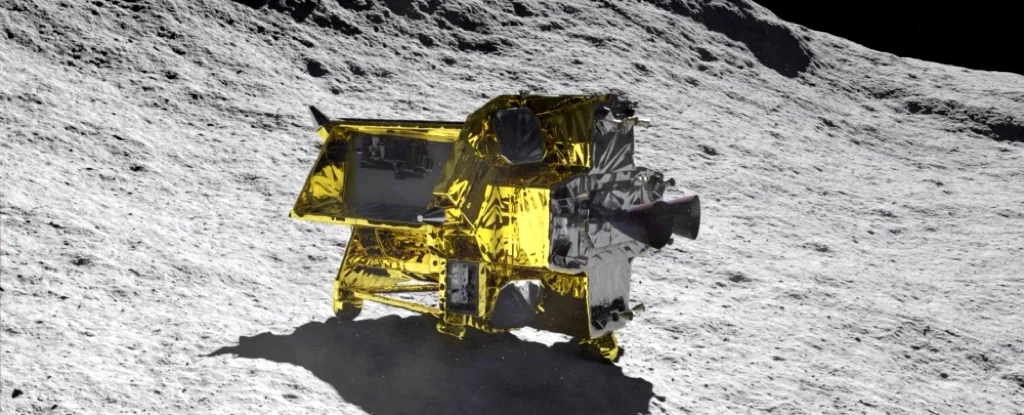Japan’s SLIM space probe entered lunar orbit on Monday, taking a major step towards the country’s first successful moon landing, expected next month. The Smart Lunar Reconnaissance Lander (SLIM) is called the “Lunar Sniper” because it is designed to land within 100 meters (328 feet) of a specific target on the lunar surface.
If the landing is successful, Japan will become the fifth country to successfully land a spacecraft on the moon, after the United States, Russia, China and India. On Monday, SLIM “successfully entered lunar orbit at 16:51 Japan time (0751 GMT),” the Japan Aerospace Exploration Agency (JAXA) said in a statement released Monday evening.
“The change in orbit occurred as originally planned, and there was nothing unusual in the probe’s conditions,” the agency said.
JAXA said the lunar lander’s descent is expected to begin around 12:00 Japan time on January 20, and its landing on the surface is planned to take place 20 minutes later. The H-IIA rocket was launched with a lander from the southern island of Tanegashima in September after three delays due to bad weather.
JAXA said this month that the mission would be an “unprecedented, high-precision landing” on the moon. The lander is equipped with a spherical probe developed in conjunction with a toy company. Slightly larger than a tennis ball, this object can change its shape to move across the moon’s surface.
Compared to previous probes that landed “more than a few or more kilometers” away from targets, SLIM’s predicted error of less than 100 meters represents a level of precision once thought impossible, according to JAXA. This is the culmination of the researchers’ 20-year effort.
JAXA SLIM project manager Shinichiro Sakai told reporters this month that demand for identifying targets such as craters and rocks on the lunar surface is increasing as technology advances.
“Gone are the days when you just want to explore ‘somewhere on the moon,'” he said.
Additionally, Sakai added that he hopes SLIM’s sensitivity will make it easier to sample the permafrost on the moon, bringing scientists one step closer to solving the mystery of the moon’s water resources. Japanese missions failed twice, once state and once private. Last year, the country unsuccessfully sent a lunar probe called Omotenashi as part of the United States’ Artemis 1 mission.
In April, Japanese startup ispace tried in vain to become the first private company to land on the moon and lost contact with its rover after what it described as a “hard landing.”













